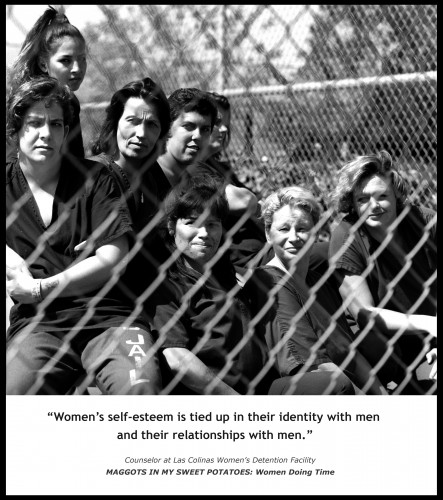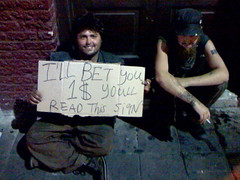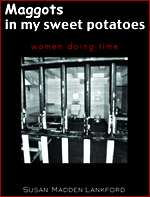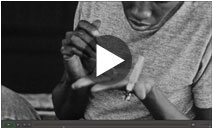
English: Front of the Robert F. Kennedy Department of Justice Building in Washington DC (Photo credit: Wikipedia)
Three members of the National Research Council’s Committee on Assisting Juvenile Justice Reform presented the report’s findings on July 26, 2013. The report stressed that, “To effectively meet the challenges of juvenile offending and reduce recidivism, states and localities must move away from a justice model focused on punishment and instead adopt a model that acknowledges the changes that youthful offenders are undergoing and fosters positive development and accountability.
Dr. Robert L. Johnson, Committee Chair and Director of the Division of Adolescent and Young Adult Medicine at Rutgers University—New Jersey Medical School, said, based on his 40 years working with youth in trouble with the law, that the “juvenile justice system as it now exists does not respect human development and it often makes these kids worse.”
The frontal lobe, which is home to judgment, impulse control, emotions, reasoning and problem-solving is the last part of the brain to mature, usually at about 24 years old. As a result, Dr. Edward Mulvey, Director of the Law and Psychiatry Program at the Western Psychiatric Institute and Clinic of the University of Pittsburgh School of Medicine said:
Adolescents differ from adults in three important ways: they have trouble regulating their feelings in emotionally charged situations, they have a heightened sensitivity to contextual influences in their environment, such as peer pressure. and they are less able to understand the future implications and impact of their decisions and judgments.
“To support positive development, adolescents need a strong, caring parent or parent figure, positive peers and opportunities for positive decision-making and critical thinking. Interventions that hold offenders accountable for their actions will promote healthy moral development and legal socialization, if youth perceive them to be fair. Conversely, interventions that youthful offenders perceive to be unfair will foster further social disaffection and antisocial behavior.
Gladys Carrion, Commissioner of the New York State Office of Children and Family Services, believes that in many cases, juvenile justice does not have access to important supports found in the mental health, substance abuse treatment, education, developmental disabilities and housing systems—and this needs to change.
During her six years as head of New York State’s Office of Children and Family Services, her agency has closed 21 facilities. It costs her state $262,000 a year to house a child in the juvenile justice system, so the savings have been substantial. Now only the children who pose a risk enter the juvenile justice system. The state has used the savings to fund alternatives to detention, develop improved assessment tools, improve conditions of confinement for those youth in the system and streamline probation. New York has additionally shortened the length of stay in confinement for youth and has hired therapists, psychologists and psychiatrists to work with them..
In another meeting, on September 6, 2013 Senator Chris Murphy (D-CT) hosted “States’ Innovations in Juvenile Justice: Investing in Better Outcomes for Our Communities.” Leaders from Connecticut, Texas and Ohio, and federal juvenile justice leaders discussed recent bipartisan reforms that have improved outcomes for kids involved with the juvenile justice system and for youth who are removed from their schools for disciplinary reasons, and who are therefore at risk of becoming involved with the justice system.
Mike Lawlor, Under Secretary for Criminal Justice Policy and Planning in Connecticut, described legislation that greatly reduced the number of youth confined in juvenile justice facilities, developed new community-based supervision and treatment programs and raised the age of juvenile court jurisdiction from 16 to 18.
Texas State Senator John Whitmire detailed a new law prohibiting the use of confinement for youth adjudicated for misdemeanor offenses. He also explained a new incentive program for counties to place youth in local evidence-based programs, rather than in state-operated correctional facilities. Texas redirected $57.8 million that would have been used to house juveniles for misdemeanors in secure facilities into community-based programs.
Linda Teodosio, of the Summit County Juvenile Court in Ohio, explained how the RECLAIM Ohio (Reasoned and Equitable Community and Local Alternatives to the Incarceration of Minors) funding initiative has expanded dispositional options for youth and community-based alternatives while creating financial incentives for counties to keep youth out of confinement. In fiscal year 2012, these county subsidies for juvenile justice programs totaled approximately $47.3 million, serving 600 programs and 110,000 youngsters across Ohio. The funds received through RECLAIM can be used for a vast array of treatment, intervention, diversion and prevention programs, such as treatment, alternative schools, intensive probation, electronic monitoring and residential treatment.
Panelists also focused on significant reforms in their states and at the local level that reduce the impact of harmful school discipline policies which push youth into the juvenile justice system. These reforms include reducing the number of exclusionary policies and school-based referrals to law enforcement. The three featured states have saved millions of dollars from reduced incarceration and cut back on harmful, ineffective policies such as the over-confinement of youth for low-level offenses, while improving outcomes for youth and keeping communities safe.
Senator Murphy stated:
In Connecticut, it costs about $14,000 a year to educate a student, while it costs $270,000 a year to house a child in custody. In a time of tight budgets, it makes absolutely no sense to continue to house as many kids as we do in prisons when it costs about 10% of that amount to keep the kids in school and in communities.
“But we’re moving in the right direction. Over the last decade, 10-15 states have figured out that there are steps to divert kids out of incarceration. By reinvesting funds back into other juvenile justice prevention and intervention practices proven to work, states can realize additional cost savings, reduce recidivism and help youth become productive adults.
RELATED ARTICLES




















 Oxytocin can benefit incarcerated women by reducing the stress one experiences in uncomfortable circumstances. Humane Exposures founder, writer Susan Madden Lankford, contends that this is a normal “clutching together” of the women who end up in prison open dayroom or patio experiences.
Oxytocin can benefit incarcerated women by reducing the stress one experiences in uncomfortable circumstances. Humane Exposures founder, writer Susan Madden Lankford, contends that this is a normal “clutching together” of the women who end up in prison open dayroom or patio experiences.











































